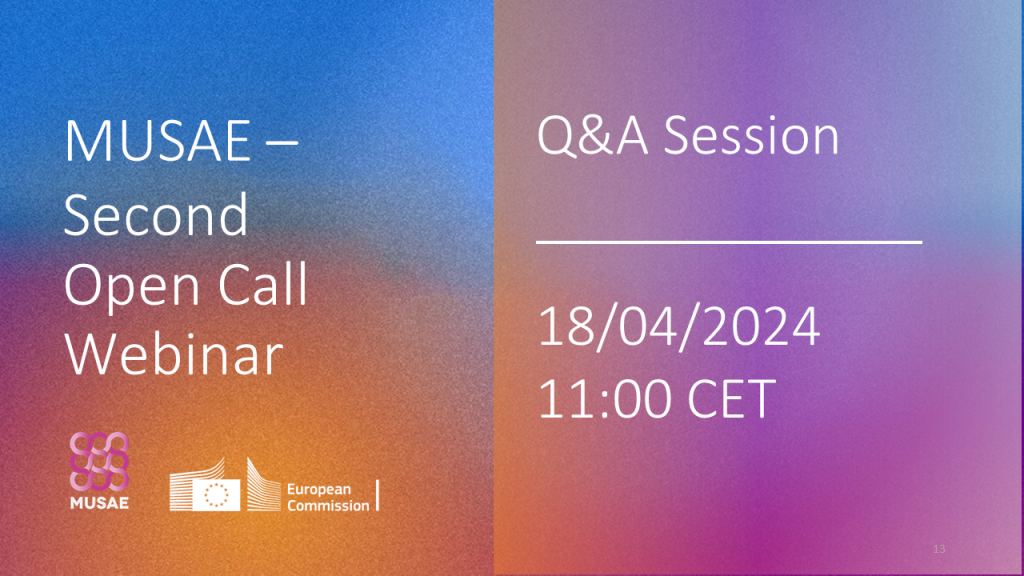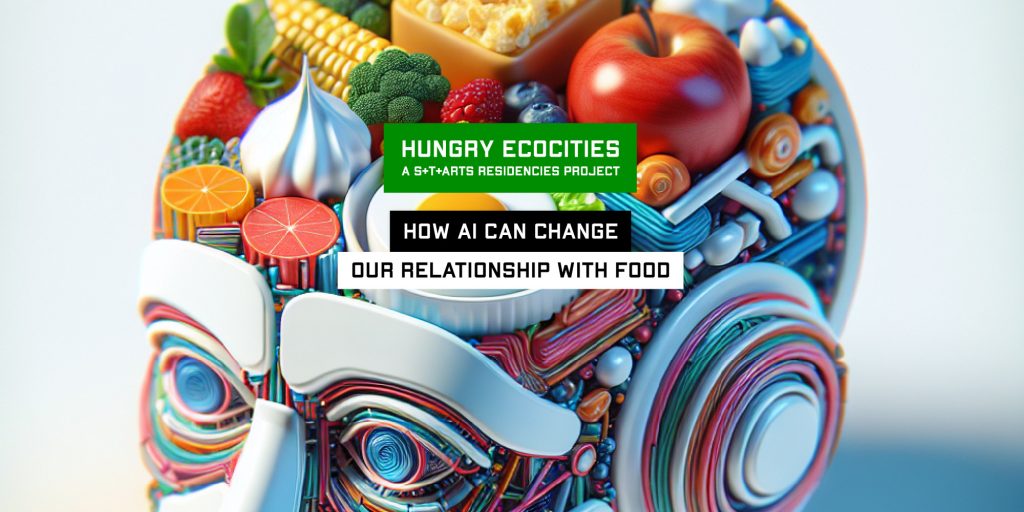MediaFutures celebrates the first cohort of artist and startup projects
MediaFutures concluded the first support programme with an online Demo Day where all projects from the first cohort showcased their projects and artworks.
A jury of representatives from the MediaFutures consortium and independent experts selected the following artists and startups as the most successful among the MediaFutures 2021 projects:
- Best startup in ‘Startups for Citizens’ track: GoKind
- Best startup and best artist in ‘Startup meets Artist’ track: Studio Remco van Bladel and Mariana Lanari with the Biblio-Graph project
- Best artists in ‘Artists for Media’ track: Dejha Ti and Ania Catherine for the Soft Evidence project
The projects were judged on a range of criteria, including impact on tackling misinformation, business and artistic quality, innovation and collaboration between artists and startups. Artists receive €5,000 and startups €10,000 as an award. This prize comes on top of the grant funding they receive for participating in the MediaFutures support programme.
Here a feedback from one of the participating startups:
Thank you to MediaFutures for helping us build an innovative approach to leveraging the intelligence of local people.
SURU Together Ltd. (People Supported Intelligence project)
Projects that participated successfully in the first cohort:
Startups for Citizens
- BKYNDR provides an innovative tool to stimulate reflection, learning, and understanding by promoting context and facilitating an emotional and constructive processing of data.
- Closing the Gap – the Gokind venture: powered by the EU’s Open Banking framework the startup Gokind improved citizens’ access to information on companies’ sustainability and equality efforts.
- People Supported Intelligence: SURU Together Ltd. developed People Supported Intelligence, a community-focused platform, using data about coronavirus, to encourage conversations among diverse groups and meaningful discussions in small groups, to address community-level issues.
Startup meets Artist
- Biblio-Graph: Studio Remco van Bladel, a multidisciplinary design studio, collaborated with artist Mariana Darvas Lanari. They developed digital tools and artworks that help people to access and share the knowledge contained in library collections.
- HYPERViz: Space and software startup ScanWorld collaborated with the interdisciplinary team from Studio De Wilde to engage the general public with how satellite imagery can assist society, from environmental management, to the way pandemics affect society.
- JECT-SENSE: AI, a digital tool for newsrooms, collaborated with media artist Antoni Petrov Rayzhekov. The project developed novel and unconventional ways for journalists and a general audience to engage with news coverage.
- PONTE: Partners and The Cynefin Centre have collaborated with visual artist Annika Varjonen. They combined technology platforms, narrative data and art to tackle division and radicalisation in communities. They also developed a plug-in to social media that points users to content that differs from what they usually see.
Artists for Media
- Critical Climate Machine: visual artist Gaëtan Robillard developed a digital sculpture and sound installation that quantifies and reveals the mechanisms of misinformation on global warming.
- Evil Magic Mirror: Obvious Collective, a group of artists who work with artificial intelligence, created a an online mirror where whoever stands in front of it communicates fake content about well-known conspiracy theories.
- Social Sandwich: Artistic studio Fast Familiar developed a social artwork based on an app that encourages people to encounter the unfamiliar and practice the arts of cooperation and critical thinking.
- Soft Evidence: conceptual artists Dejha Ti and Ania Catherine created a series of slow visual scenes that never happened – films manipulated by machines trained to lie.
- 730 hours of violence: Domestic Data Streamers, a mix of designers, social scientists, engineers and creative technologists, combined the power of storytelling with data and arts for a participatory project exploring misinformation and violence.
MediaFutures is opening its 2nd Open Call at the end of November. Stay in touch for more information on MediaFutures and other S+T+ARTS projects!
The MediaFutures project has received funding from the European Union’s Horizon 2020 research and innovation programme under grant agreement No 951962.

